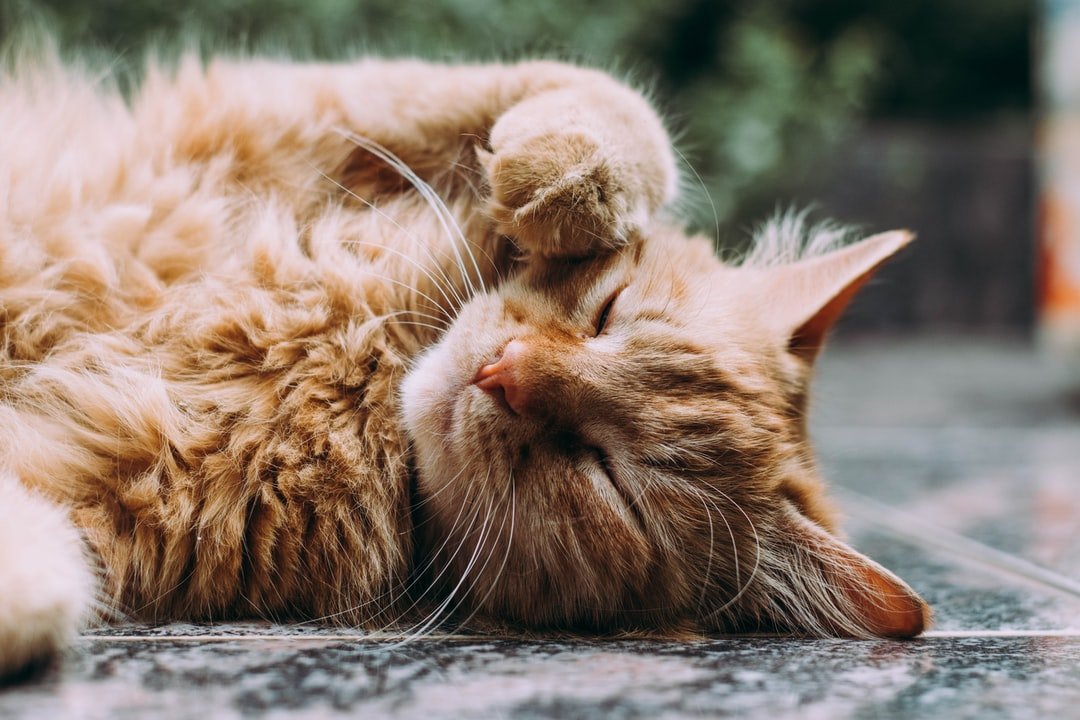Common Worms In Cats And How To Take care of Them

Pet cats are exposed to a variety of objects that can present them to a typical worm called tapeworm. Commonly mistaken as a flea bite, tapeworm is a parasite that eats your feline's intestinal tract system. It gets in the body with the rectum. If not dealt with in a timely manner, tapeworm can make your cat quite ill. Hookworms in pet cats are a type of protozoan that connect to hair or any type of various other surface area and feed by drawing small blood vessels.
Smaller sized than a tapeworm, hookworm are frequently a lot less than a centimeter in size and also live inside felines tiny intestinal tract. They can create serious anemia in cats as well as particularly kittycats under the age of two. Tinea Capitus is another common hookworm contaminating felines. Its scientific name is Ilmenis immitis. If you have actually seen tiny round red or white round areas inside your pet cat after that possibly your feline has an intestinal infection. Giardia is a bloodsucker discovered typically in felines. To understand more on this topic, click on this link.
They grow attached to the intestinal lining as well as feed upon proteins. You'll locate them in feces, raw meat, as well as various other foods. This parasitic infection is incredibly serious and can cause looseness of the bowels, throwing up, lameness, bad sight, clinical depression and urinary tract infections. Tapeworm is the most common intestinal tract worm infecting felines, however, there are many others such as: hookworms, roundworms, threadworms, whipworms as well as larvae of lice. Each has various names yet all are triggered by the same bloodsuckers that feed off of your feline's blood. The anemia is created when your cat's intestinal tracts are incapable to procedure and absorb enough iron. Your vet might inform you that your feline is infected with tapeworm if you see sections of rice-like objects inside its intestines. Browse here to know more on what precautions to take if my cat has a tick.
Lice, fleas, ticks and also other insects carry tapeworm larvae, which can trigger anemia to your felines. They lay their eggs in curly patterns called matrices where they feed on the blood of your cats. Larvae of lice connect themselves to your pets and also cats and also begin to feed upon their blood. These parasites can be extremely unsafe to your family pets, even triggering death. If you observe white "worms" inside your pet dog's hair or on its anal area, consult your veterinarian. He will certainly execute a total physical exam to determine the actual presence of tapeworm, larvae or eggs. If you locate tapeworm eggs or larvae, he will after that prescribe medication to kill them. Check out this related post to get more enlightened on the topic: https://www.britannica.com/animal/cat/Diseases-and-parasites.
